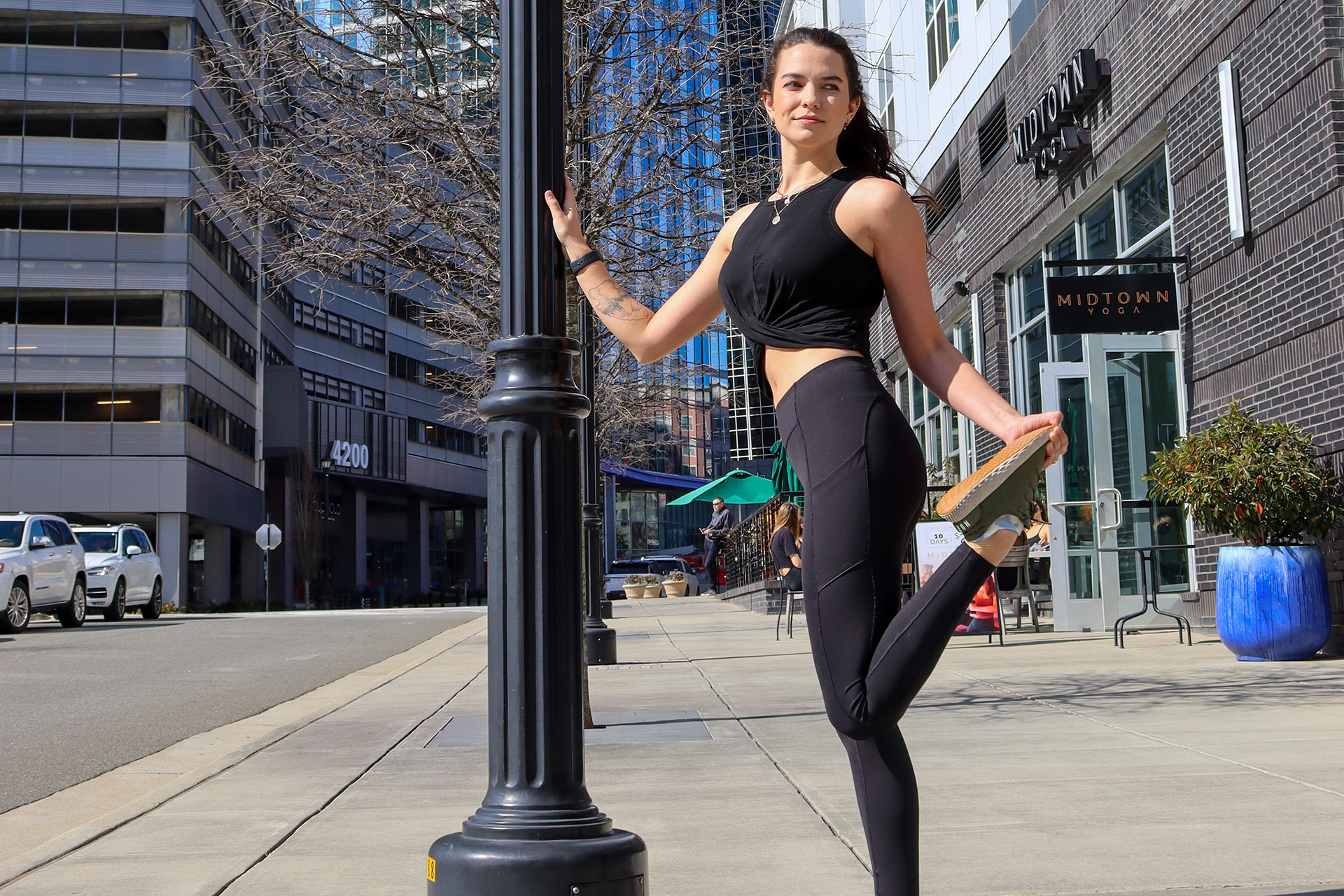As the summer months approach and the temperature and humidity rises, it is important to know and understand the effects of heat on the body. Runners face unique challenges to their performance as running under hot conditions can push your body to its limits. But there are both benefits and risks when working out in the heat!
Risks of Training in the Heat
First, let's dive into the risks we should be aware of. The biggest concern is heat exhaustion. This happens when the body is unable to cool itself down efficiently. The body’s average temperature is 98.6 degrees fahrenheit. Heat exhaustion begins to take place when the body’s core temperature rises about 2 degrees from baseline and becomes life threatening if the core temperature reaches 104 degrees or higher.
Heat exhaustion can present like muscle cramps, difficulty breathing, dizziness, headache, and nausea to name a few of the common symptoms. Things like poor hydration, alcohol consumption, dressing too warm, sunburns (sunburns negatively affect your body’s ability to regulate temperature), and overall fitness levels can increase your risk for developing heat exhaustion.
Tips to Beat the Heat:
- Wear lightweight, loose clothing.
- Hydrate properly—including hydration with sports drinks to provide electrolytes.
- Use sunscreen.
- Build up your tolerance to activity in the heat by starting with shorter distances and gradually increasing your time and intensity.
On the opposite end of the spectrum there are also benefits to exercising in the heat when done safely. There have been several studies comparing heat training to the “live high train low” method of training where living in areas of higher altitude with lower oxygen levels can improve your body’s cardiovascular performance. Comparatively training in hotter environments can provide some increased cardiovascular benefits when competing/training in lower temperatures.
Benefits of Training in the Heat
- Lower body temperature - the body doesn’t have to work as hard to cool itself down, allowing more intense training.
- Increasing blood plasma volume - increases amount of nutrients and oxygen flowing to the muscles as well as improves the body’s ability to regulate heat.
- Reducing lactic acid presentation - reduced muscle breakdown and soreness.
- Improving cardiac output - cardiac output is how much blood the heart is able to pump in one minute. Improvements here can improve the overall efficiency of the cardiovascular system itself.
How to Safely Train in the Heat
Now the how side of things. According to the Gatorade Sports Science Institute, “Usually, about 7-14 days of heat exposure are needed to induce heat acclimatization. Optimal heat acclimatization requires a minimum daily heat exposure of about 90 min (can be extended to 2 hours and broken into two, 1 hour exposures) combined with aerobic exercise, rather than resistance training."
When building a tolerance to any form of exercise it's best to do a slow build rather than jumping to the highest intensity initially. The body is much more able to accept and work under the warmer conditions when they are gradually introduced.
Another way to safely introduce heat training is to start with utilizing a sauna after workouts to safely introduce your body to hot environments when it's already tired. This should be done in saunas with temperatures that fit safety regulations and guidelines as well as starting with short durations and slowly progressing the time spent. If you have any preexisting conditions you should consult a healthcare professional prior to starting heat training to keep yourself healthy and safe!
Additional Tips and Tricks
- Warmup and cool down efficiently for every workout.
- ALWAYS hydrate.
- Stretch to improve muscle function and mobility - Book an appointment with a Renew Physiotherapist to learn how you can improve your mobility and your performance!
- Train in the shade to reduce direct sun exposure and decrease the risk of heat exhaustion.
- Mix up your routine with a hot yoga class.
- Incorporate these strength exercises during your training.











